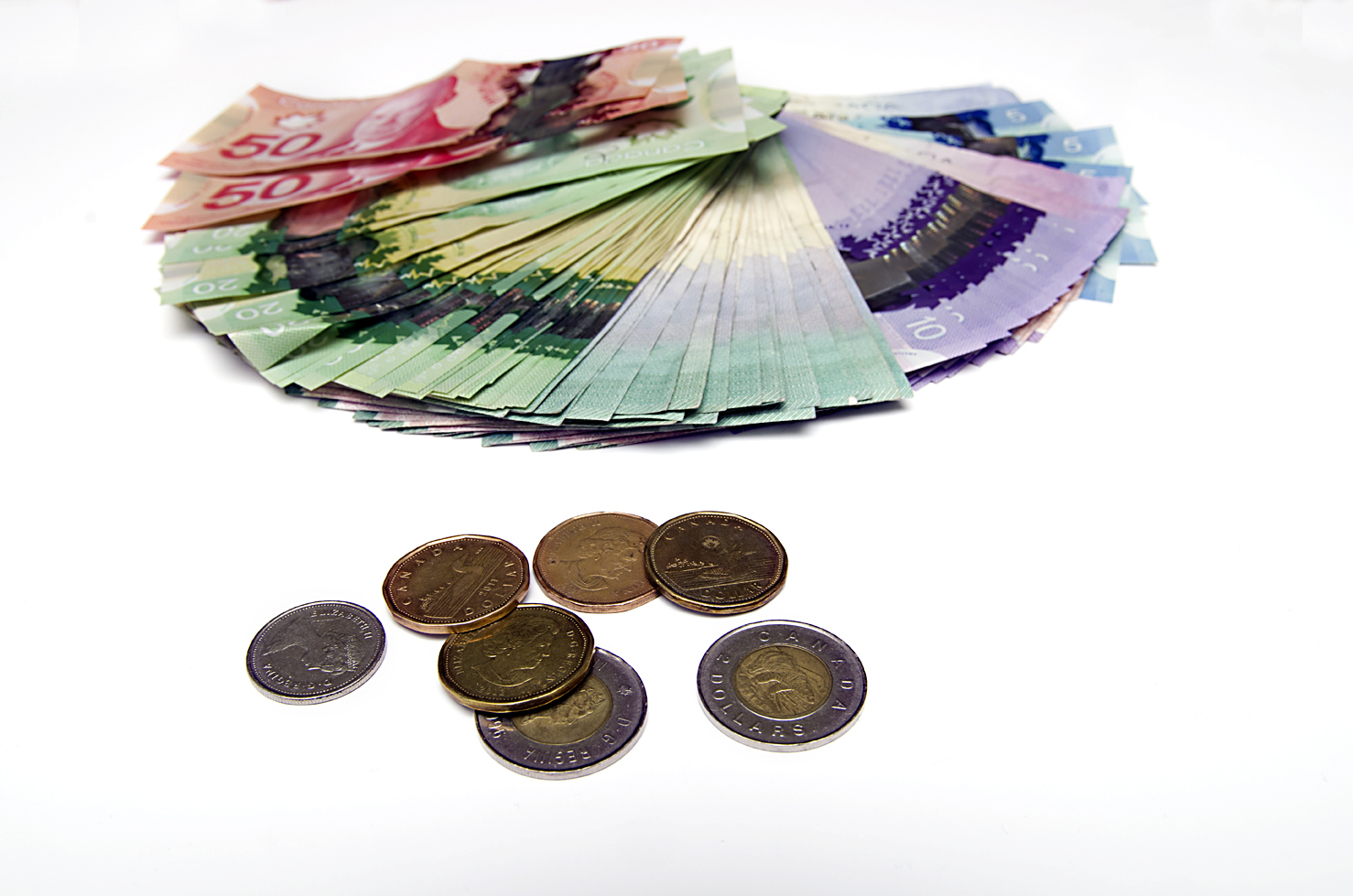TSFA’s the Amazing Investment tool many Canadians are Underutilizing
A TSFA or Tax Free Savings Account is an amazing investment tool Canadians have at their disposal. Unfortunately there is a huge lack of understanding of what a TSFA is and how to go about properly taking advantage of it. In my previous post about investing I talked about getting your money working for you, and a TSFA is the perfect tool to do that.
First I think it is unfortunate this account was named a Tax Free Savings Account. Part of the problem with this name is that it seems to have given people an impression that it is just another savings account to acquire interest. While it can be used this way, the TSFA is a very flexible tool allowing many different investments that can develop over time tax free. A better name would have been a Tax Free Investment Account.
Some of the rules regarding the TSFA also seem to be causing a lot of people confusion. You can look over the official CRA page on the TSFA accounts here: http://www.cra-arc.gc.ca/tfsa
Here are a few things I think people should keep in mind about a TSFA
You can hold many types of investments in a TSFA
A TSFA just like an RRSP can have many kinds of investments in it. In my post about investing I talk about getting your money to grow for you and a TSFA is an amazing tool to help do that, Any investment in a TSFA will grow tax free. That includes dividends paid or any capital gains acquired when sold.
You can have multiple TSFA accounts
I have two, one is an interest account for cash and term deposits, the other is an investment account where I hold stocks. The thing to remember about the TSFA is not that it is a single account exactly, it is just a tool to help your money grow tax free. But is is important to keep in mind the contribution limits apply across all accounts. The current $5,500 annual limit and maximum limited total apply as one TSFA, you can not add them to each account.
You do not pay any tax on withdrawing any amount.
This is a surprising misconception that many people seem to have. A TSFA basically works in reverse of a RRSP. Once your money is in a TSFA it is sheltered from taxes. (with some exceptions see below) When you withdraw an amount you must wait until the following year to again have that contribution room. Say for example I have maxed out my TSFA contribution limit. I then have an unexpected expense and need to withdraw $7,000. I now must wait until the following year to add that $7,000 back into my account. At which time I will also be able to add the new contribution for that year (currently set at $5,500) meaning I will be able to add up to $12,500. It is worth noting if you go over this limit, you can be subjected to tax on the additional extra amount put in.
Warning, what you lose is gone
So this is one of the big things I think people need to be warned about with investing in their TSFA. while you won’t pay capital gains on profits you also cannot claim a loss, and more importantly anything lost due to devaluation, is gone from that contribution limit. What I mean by this is that while if you withdraw money from the TSFA account, you can return that amount the following year, you cannot do the same for losses incurred in your investments. So while investing $10,000 in that hot penny stock that you think will go crazy might make you a lot of tax free money and might seem like a tempting prospect. Remember that if that stock were to be wiped out, (and lots of high risk penny stocks do) that contribution room is lost forever and you cannot replace that $10,000 the following year.
This does not mean be totally afraid of risk, if you are young having a few higher risk higher reward stocks in your TSFA might not be a terrible idea. But I like to keep my TSFA a little more conservative than usual. ultimately your tolerance for risk depends on many factors but I would recommend people understanding the room is not recoverable before buying anything too high risk.
Buying foreign equity’s
Buying Canadian stocks in your TSFA gives you a tax shelter on your investments. But buying outside of Canada can sometimes have taxes applied depending on the country or situation. For example investing in the Untied Stated can get you taxed on a percentage of you dividends as the tax shelter is not recognized in that regard. So if you are looking to invest in something like a dividend based company in the United States. It may make more sense to do that in a separate account with capital gains and dividend taxes applied and maximizing the tax free potential of your TSFA by staying within Canada or a well researched foreign investment that has no tax applied. Personally I use my TSFA for strictly Canadian companies to keep things simple.
For some more reading I came across this article the other day that I think is worth a read. It has some good information regarding deciding on a TSFA vs RRSP as well as talking over some of the misconceptions around the account as well.
http://www.cbc.ca/news/business/rrsp/tfsa-confusion-rrsp-season-1.3369742
Disclaimer
Please note information on this website is meant to be information given based on my personal experience. I am not an expert in markets or investing and any information should not be taken as recommendations to buy or sell stocks, bonds or commodities. If you are looking for direct professional help with your portfolio please research a qualified and respected financial planner.


